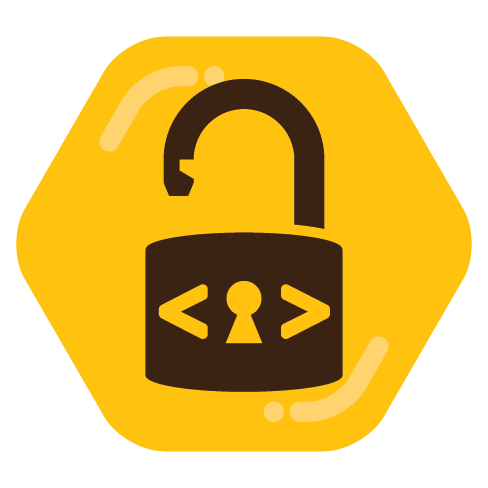

Linux Cast: https://tilvids.com/c/thelinuxcast_channel/videos
Chris Were: https://share.tube/c/chrisweredigital/videos
Veronica Explains: https://tilvids.com/c/veronicaexplains_channel/videos
Techlore: https://neat.tube/c/techlore/videos
Linux Lounge: https://tilvids.com/c/linux_lounge/videos
Nicco’s videos mentioned in the article: https://tube.kockatoo.org/c/niccolo_ve/videos
FYI: I’m linking to their home location, but you can follow them from any Peertube instance. I’m on Tilvids and follow all of these folks from there so I don’t have to jump around to multiple places.


This is an amazing article for folks interested in the low level IPC dbus. systemd, network manager, and or applications are leveraging dbus and with the new dbusbroker I expect more and more applications leverage it. It’s MASSIVELY confusing at first, but this is such a great article I hope it helps anyone interested in thr low level communications of userspace level linux applications.